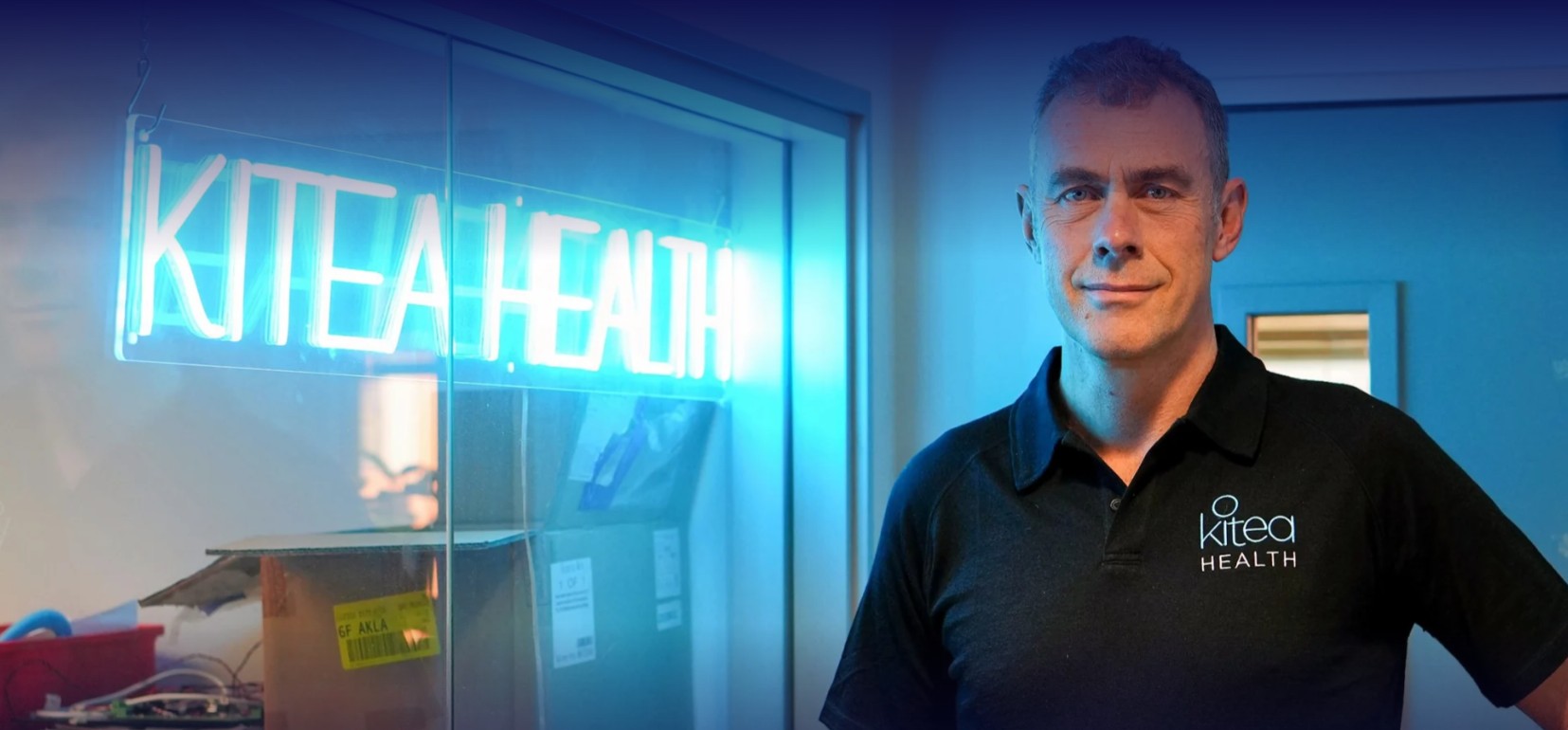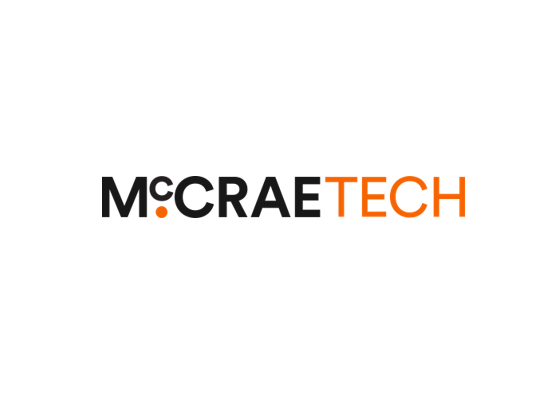Kitea Health’s 'breakthrough' in a US$2 billion market shows the unique role universities perform as engines of innovation by uniting blue-sky thinking, researchers from many disciplines, and industry.
Kitea’s brain sensor relies on physiology, electronics, engineering and chemistry — without deep expertise in each research area it would not exist.
Professor Simon Malpas – in striped bow tie, peacock blue dinner jacket and sartorial specs – walked on stage at the TSB Arena in Wellington to receive the prize for ‘Most innovative deep tech solution’ at the 2025 New Zealand Hi-Tech Awards. As the audience applauded, most would have been unaware of the depth and breadth of the research behind the implantable brain sensor developed by Malpas’ company, University of Auckland spin-off Kitea Health.
Neither would they have suspected that the research came from a wide range of disciplines some seemingly distant from the final medtech product: engineers studying wireless power for heavy industrial applications, physiologists looking at the cardiovascular system of rats, chemistry professors trying to make big gadgets tiny.
But without them, as Malpas says: “None of this would have been possible”. Imagine the science community as a bunch of atoms in a coffee cup, Malpas says, "In the process of bouncing around with each other they talk and share ideas and so often that results in something dramatic. Think about Nobel Prize winners. Often quite disparate groups have come together through some process, shared ideas and realised they have something to contribute to each other.”...
Read the full article here.


.jpg)
